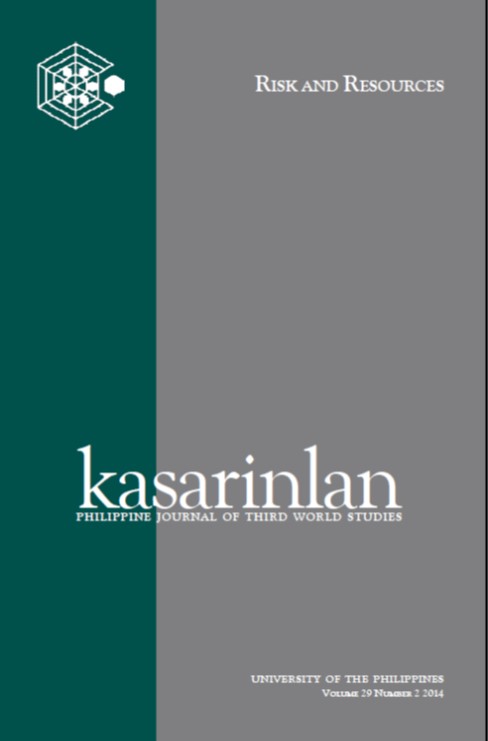Communicating Risks, Risking (Mis)communication: Mass Media and the Science of Disasters
Abstract
The experience brought about by super typhoon Yolanda (internationally known as Haiyan) in November 2013 highlights the need to look into how we can improve ways of communicating risks and the science about natural hazards in national and local settings. This paper attempts to highlight the value of risk and science communication in national and local disaster mitigation and management. After analyzing the preparations done before super typhoon Yolanda’s landfall using extant documents from the national government and different government agencies, weather forecast news published in newspapers and broadcasted on TV, and other several post-Haiyan scholarly literatures, we examine emergent communication-related issues to come up with recommendations toward mainstreaming risk and science communication in the country. This study found out that the government as well as the experts engaged in concerted efforts to prepare the citizens for the typhoon; and that the media did attempt to communicate risks and science before the typhoon’s landfall. However, problems involving (1) psychological and social factors; (2) information dissemination through mass media; and (3) institutional mechanisms in disaster risk reduction provided by the government emerged, which have serious implications on how we shall mitigate disasters in the future.



